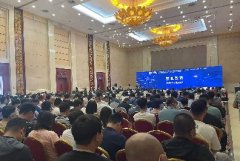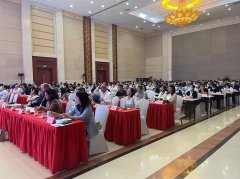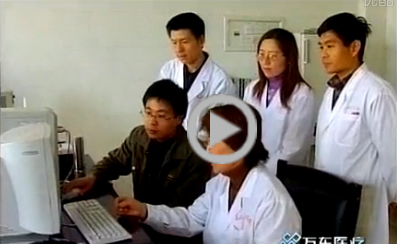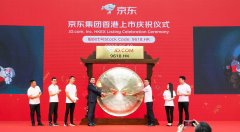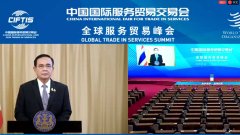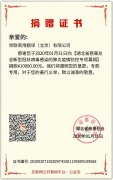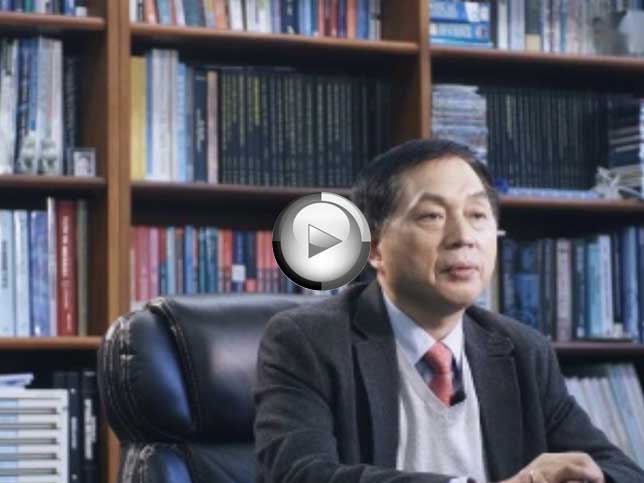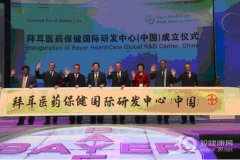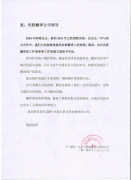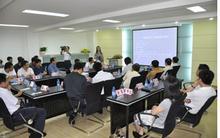上海翻译公司完成林业区域英文翻译
时间:2020-09-25 08:16 来源:未知 作者:dl 点击:次
上海翻译公司完成林业区域英文翻译
2.3.4.2 Remote sensing image classificationRemote sensing image interpretation is the process of analysis, reasoning and judgment based on feature information of various identify targets provided by remote sensing images, to identify the target surface features or phenomena, so as to obtain information target surface features. This study extracts remote sensing image information by combining computer initial classification and visual interpretation.The computer automatically classification is completed by combining ERDAS and eCognition. Based on classification techniques of spectral information facing pixel, ERDAS can extract vegetation information small surface features very well, and conduct image processing with unsupervised method (examples shown in Figure 2-6). Multi-scale image segmentation technology of eCognition makes up for defects on classification scale of remote sensing classification software, which is based on traditional spectral information facing pixel. 2.3.4.3 Visual interpretation Modify initial classification results of remote sensing, and perfect land that are wrongly classified or left out. Specific operation is to identify target lands according to interpretation signs of images (Table 2-1) , such as hue (color), shape, location, size, shadow, texture, and other indirect signs and personal familiarity with the distribution of land in the region. At the same time, draw changed land type along the edge of image feature accurately (boundary should be strictly closed). The minimum unit of target surface features interpretation and extraction: according to general requirements, variable land should be larger than 3 × 3 pixels, the minimum width of shorter edge of pattern spot two pixels. The interpretation accuracy of pattern spot elements should be > 85.0%, visual interpretation line tracing accuracy should be two pixel points and keep mellow. Diagram shown in Figure2-7
Figure 2-7 Picture of visual interpretation 2.3.4.5 Accuracy test Conduct accuracy test on remote sensing classification results by fixed sample location data of continuous forest inventory in 1979 and 1992. The distribution of MSS, TM testing points are shown in Figure 2-8 and Figure 2-9. Accuracy of remote sensing classification is tested through the establishment of error matrix of land use types. It can be seen from Table 2-2 and 2-3 that the classification accuracy of woodland and farmland is higher, while that of construction land and unused land is lower, because the minimum pattern spot of interpretation results is set to 90 * 90m2, resulting in information lost of construction land, the area of which is smaller than the set value; the reason that classification accuracy of unused land is low is because the definitions of unused land are different in two classification systems. Table 2-2 Error matrix of MSS classification
Table 2-3 Error matrix of TM classification
2.4 Other statistics and survey data Including statistical data of afforestation, forest management and other forestry activities, and statistical data of afforestation, harvesting, disease and pest, fire, etc. in forestry statistical yearbook (1978-2012), as well as statistical data of protection forest project in the upper reaches of the Yangtze River, natural forest protection project, reforestation project etc. 2.5 Land use transfer matrix Land use transfer matrix obtained from the above data. For methodology of the first and second level, the matrix is land type transfer matrix during each inventory, for methodology of the third level, annual transfer matrix can be obtained. As an example, Table 2-4 shows land type transfer matrix during the 2007-2012 inventory. 世联翻译-让世界自由沟通!专业的全球语言翻译供应商,上海翻译公司专业品牌。丝路沿线56种语言一站式翻译与技术解决方案,专业英语翻译、日语翻译等文档翻译、同传口译、视频翻译、出国外派服务,加速您的全球交付。 世联翻译公司在北京、上海、深圳等国际交往城市设有翻译基地,业务覆盖全国城市。每天有近百万字节的信息和贸易通过世联走向全球!积累了大量政商用户数据,翻译人才库数据,多语种语料库大数据。世联品牌和服务品质已得到政务防务和国际组织、跨国公司和大中型企业等近万用户的认可。 |
||||||||||||||||||||||||||||||||||||||||||||||||||||||||||||||||||||||||||||||||||||||||||||||||||||||||||||||||||||||||||||||||||||||||||||||||||||||||||||||||||||||||||||||||||||||||||||||||||||||||||||||||||||||||||||||||||||||||||||||||||||||||||||||||||||||||||||||||||||||||||||||||||||||||||||||||||||||||||||||||||||||||||||||||||||||||||||||||||||||||||||||||||||||||||||||||||||||||||||||||||





